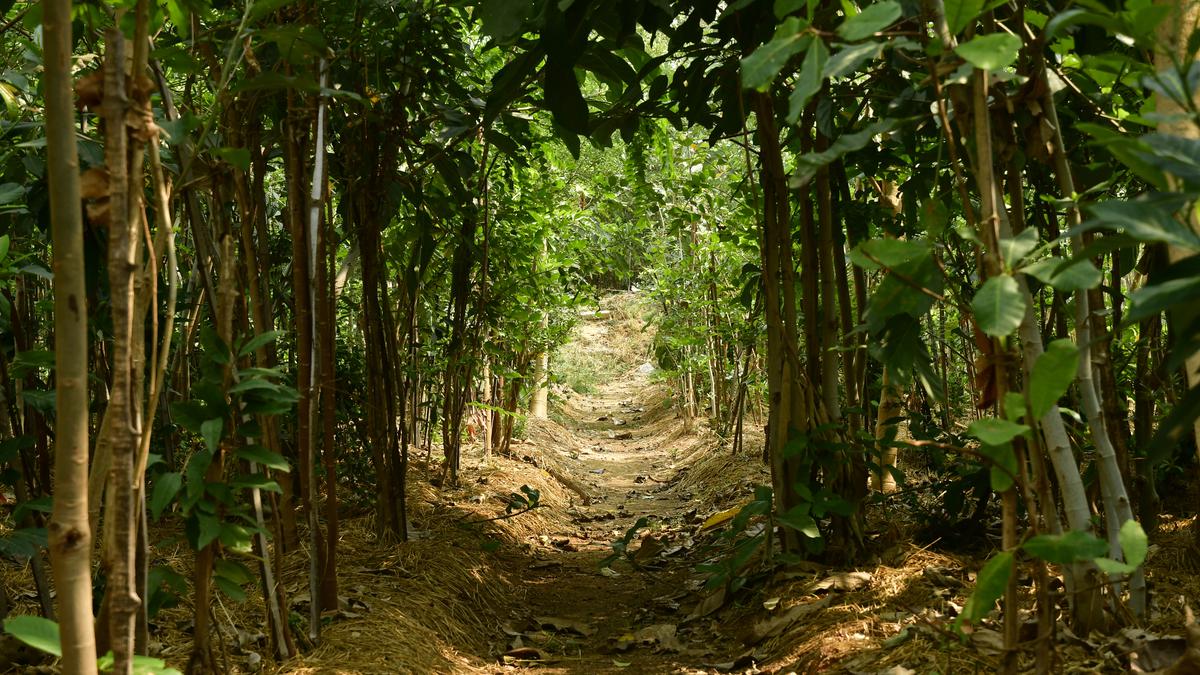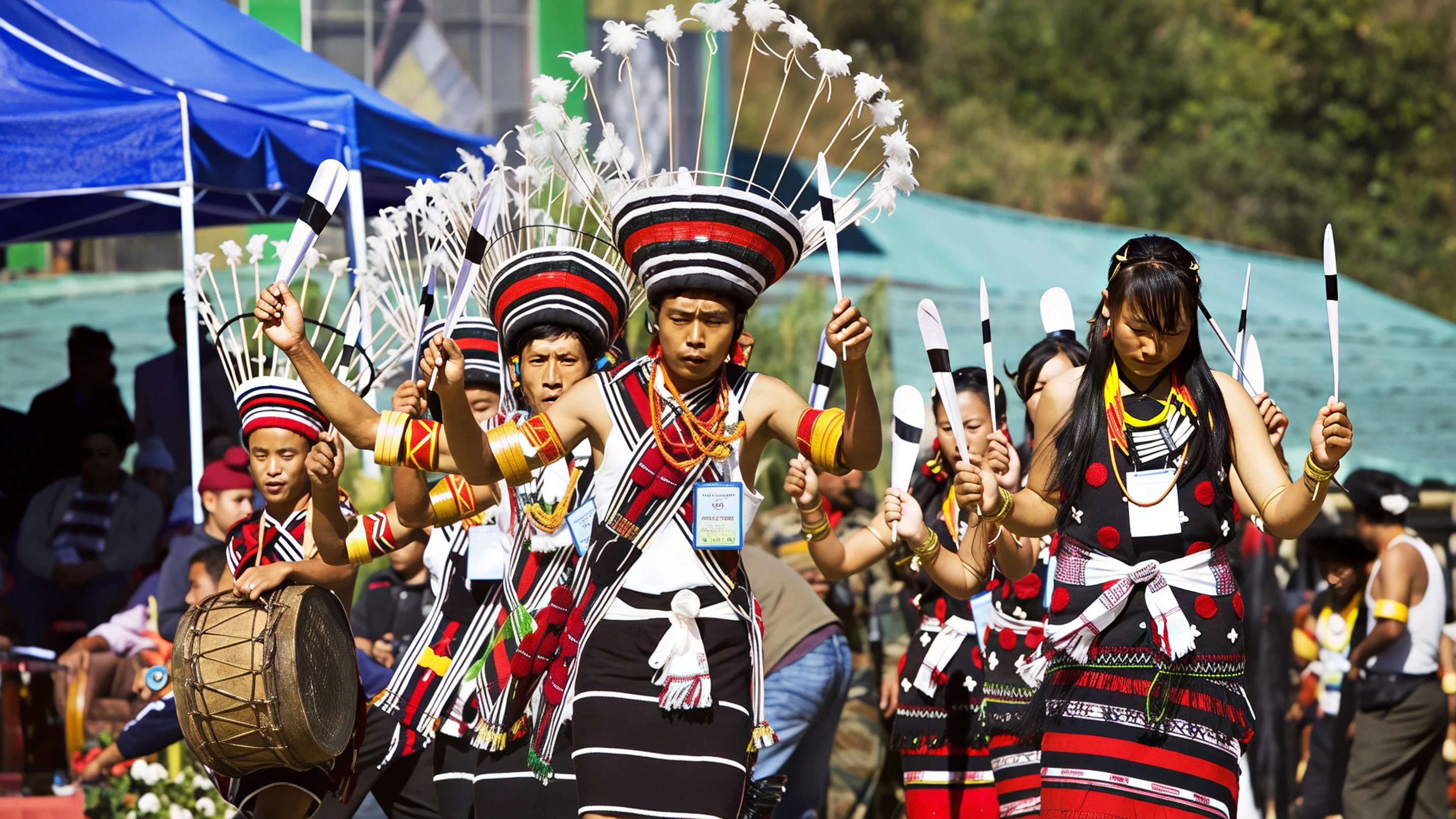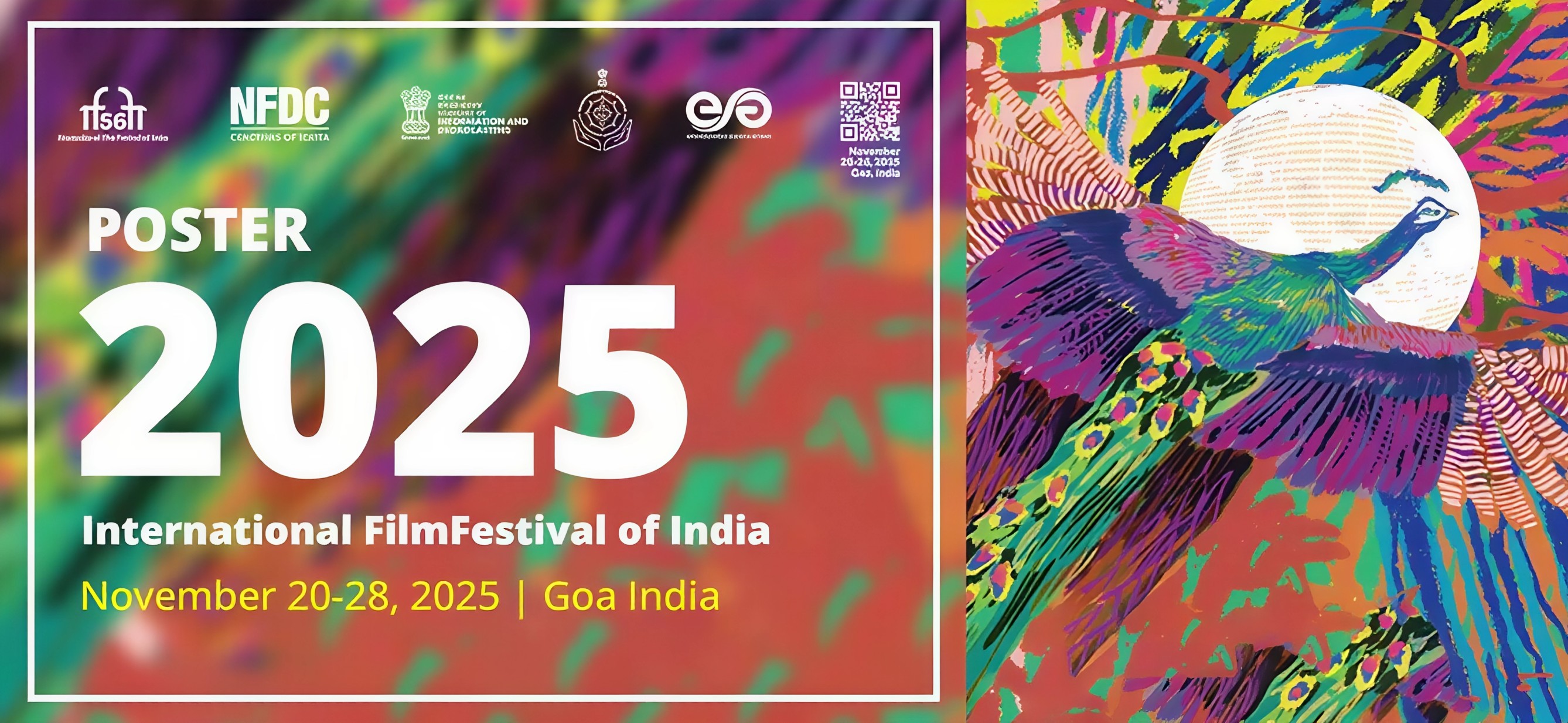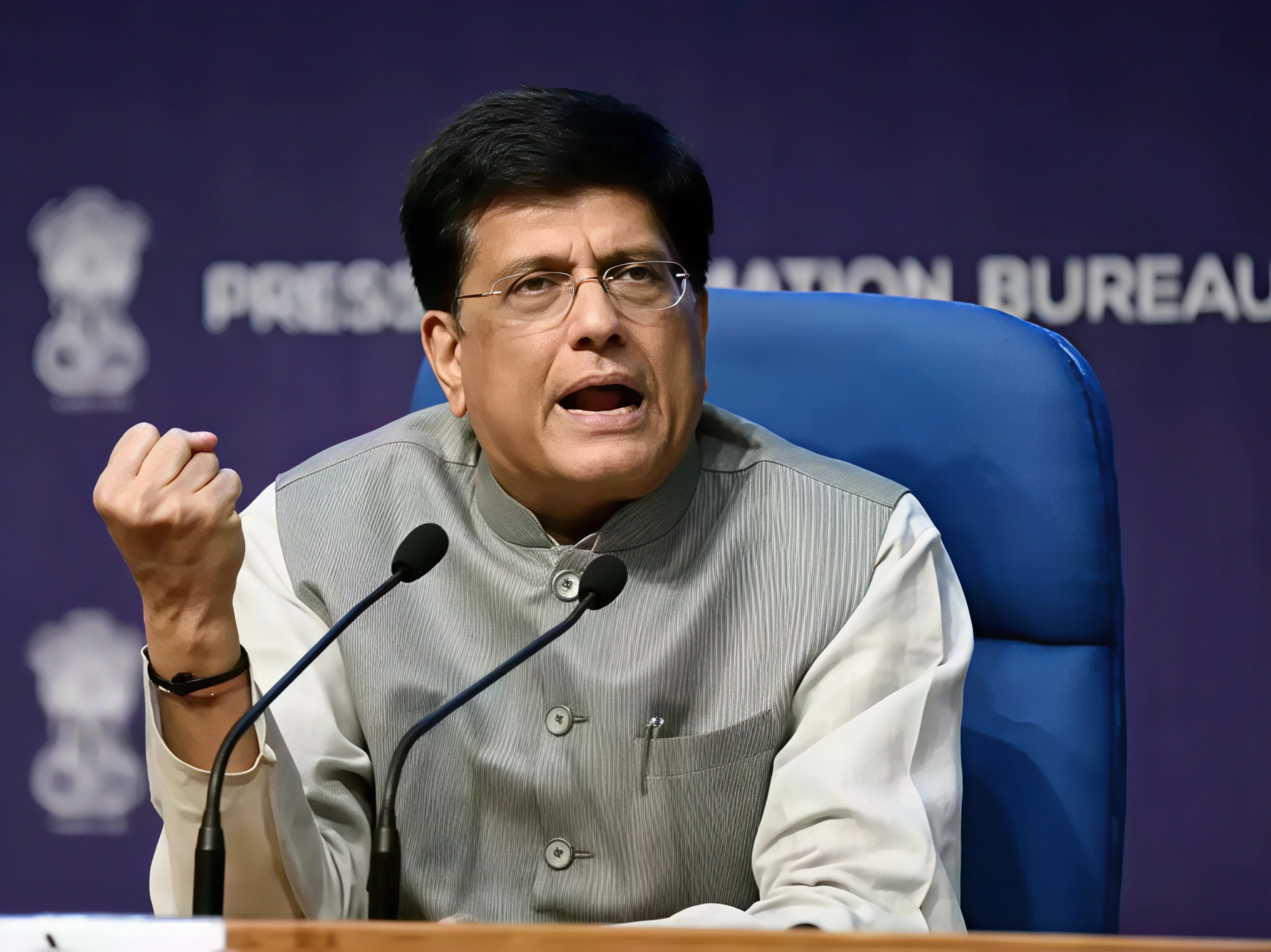The Delhi government has announced plans to create two new forests near Najafgarh using the Miyawaki method, a technique designed to speed up natural forest development in compact spaces. These forests, to be planted in Kharkhari Jatmal and Jainpur, will feature over three lakh native saplings on a total area of nearly seven hectares. The initiative, while promising an environmental boost for the city’s deteriorating green cover, has also sparked a wave of concern among environmentalists and urban ecologists.
The Miyawaki method was first developed by Japanese ecologist Akira Miyawaki in the 1970s. It relies on planting a dense mixture of native trees and shrubs in close proximity to encourage rapid growth and create self sustaining forest cover within just a few decades. Often used in urban or degraded spaces, this method has gained popularity globally as a quick fix for boosting greenery. Companies in Japan and other countries have adopted it for corporate greening and regulatory compliance, making it a global symbol of urban afforestation.
In Delhi, the plan comes as part of a broader push to combat pollution and meet afforestation targets. According to Environment Minister Manjinder Singh Sirsa, the forest patches near Najafgarh will help the capital increase its biodiversity while also contributing to climate resilience. On paper, the idea looks promising, especially for a city grappling with rising heat, vanishing green zones, and declining air quality.
However, many environmentalists argue that the Miyawaki model may not be as universally beneficial as it appears. Critics say the method often promotes visually dense but ecologically shallow forests that do not replicate the complexity of natural ecosystems. Some experts point out that the method, when not properly adapted to local conditions, can limit long term biodiversity, encourage dominance by a few species, and even disrupt the original habitat it aims to repair.
A major concern is the artificial density of planting, which forces trees to grow taller rather than wider due to a lack of sunlight. This can create unnatural forest structures that do not allow enough light or space for many species to thrive. Additionally, Miyawaki forests need regular watering and maintenance for several years before they can become self sustaining. For water stressed cities like Delhi, this requirement may put pressure on already limited resources.
Environmentalists also highlight that true ecological restoration should involve community led approaches and long term thinking. In contrast, the Miyawaki method is sometimes adopted for quick visual results or corporate public relations, rather than addressing the deeper problems of land degradation and habitat loss.
One example often cited as a contrast to the Miyawaki approach is the Vanvadi forest project in Maharashtra. Started by a collective of environmentalists and local villagers, the initiative focused on natural regeneration and careful land stewardship over three decades. The result is a thriving, biodiverse forest that replenishes groundwater and supports local agriculture. Projects like these underline the potential of slower, community led models in contrast to rapid plantation based fixes.
Still, Delhi's Miyawaki forests could play a role in urban greening if implemented with proper ecological oversight. Experts suggest that careful selection of native species, consistent maintenance, and clear goals can make these forests more than just green patches on a map. But without a comprehensive plan for long term monitoring and integration with surrounding ecology, their real environmental value remains uncertain.
In a city that urgently needs more green spaces, the Miyawaki method may provide some relief. But whether it becomes a meaningful part of Delhi’s environmental future or just another short lived green trend will depend on how carefully the project is executed and how honestly its results are evaluated.
Follow Travel Moves on Instagram and Facebook for more updates on sustainable travel, green initiatives, and nature experiences across India.








